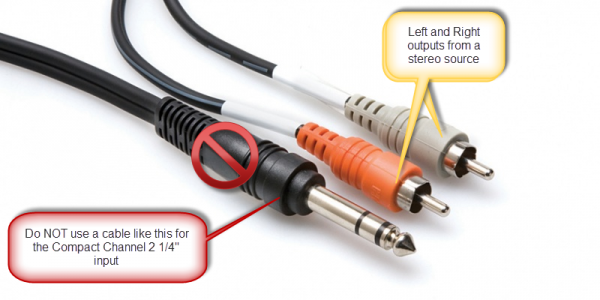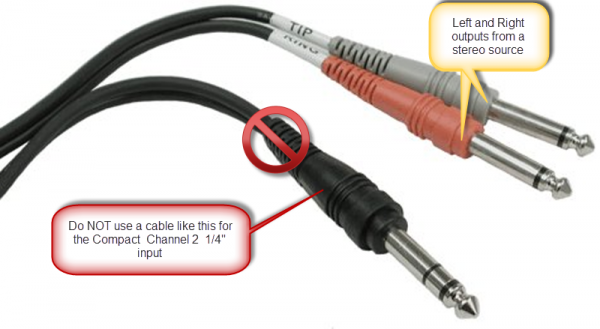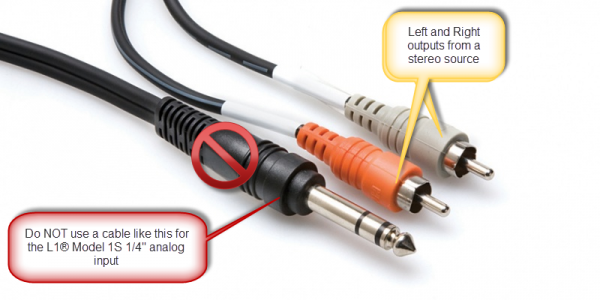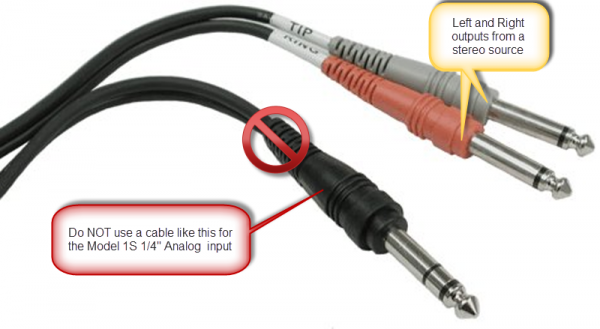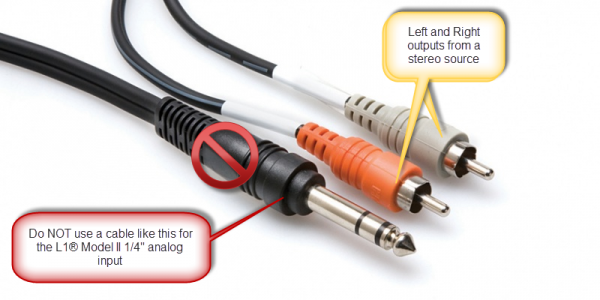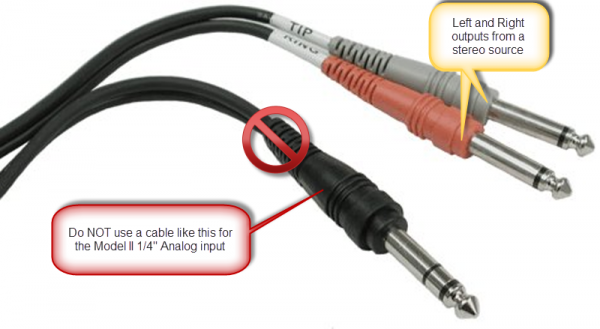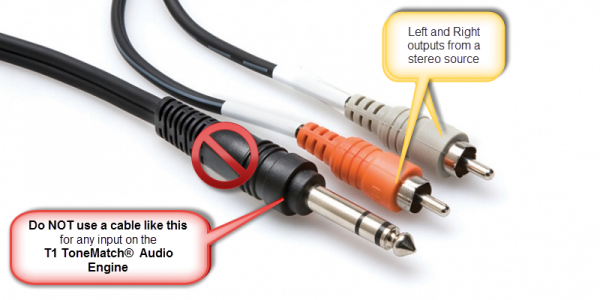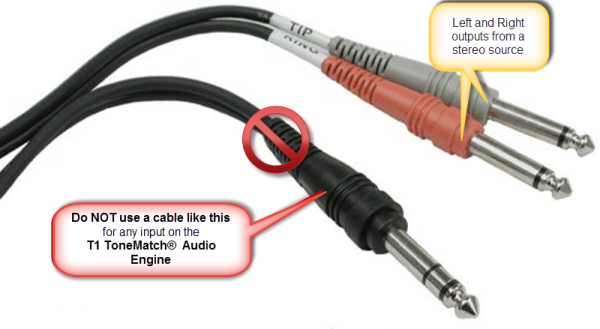Stereo to Mono Conversion
The following is an excerpt from Why Not Wye
Introduction
Wye-connectors (or "Y"-connectors, if you prefer) should never have been created.
Anything that can be hooked-up wrong, will be. You-know-who said that, and she was right. A wye-connector used to split a signal into two lines is being used properly; a wye-connector used to mix two signals into one is being abused and may even damage the equipment involved.
- Here is the rule: Outputs are low impedance and must only be connected to high impedance inputs -- never, never tie two outputs directly together -- never. If you do, then each output tries to drive the very low impedance of the other, forcing both outputs into current-limit and possible damage. As a minimum, severe signal loss results.
- Subwoofers
- Monoing Your Low End
One of the most common examples of tying two outputs together is in "monoing" the low end of multiway active crossover systems. This combined signal is then used to drive a sub-woofer system.
Since low frequencies below about 100Hz have such long wavelengths (several feet), it is very difficult to tell where they are coming from (like some of your friends). They are just there -- everywhere. Due to this phenomenon, a single sub-woofer system is a popular cost-effective way to add low frequency energy to small systems.
So the question arises as how best to do the monoing, or summing, of the two signals? It is done very easily by tying the two low frequency outputs of your crossovers together using the resistive networks described below. You do not do it with a wye-cord.
Download the full article: Why Not Wye.pdf
Compact
Here is the rule: Outputs are low impedance and must only be connected to high impedance inputs -- never, never tie two outputs directly together -- never. If you do, then each output tries to drive the very low impedance of the other, forcing both outputs into current-limit and possible damage. As a minimum, severe signal loss results.
